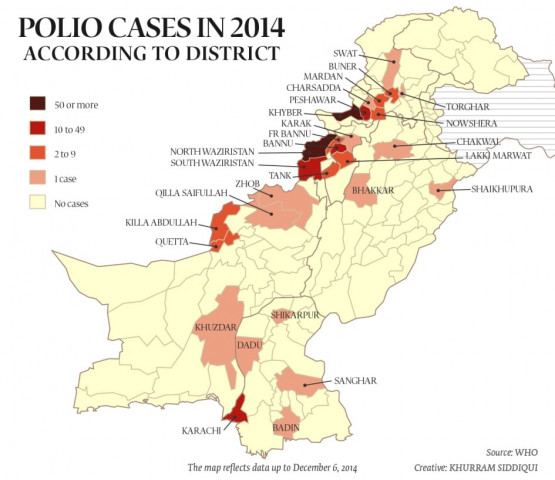
Take 2011, for example, the Year of the Revolution, the Arab Spring. To this day, both its origins and its trajectory are a mystery and the contrived, predominantly Western, self-congratulatory commentary about freedom and democracy seems short lived. Today, as in 2011, the only constant is uncertainty. And if one does pick out certain trends to try and make sense of out an uncertain 2014, then it must be the uncertainty itself and ephemeral nature of political geography, those lines that look so thick and certain on maps, but only have a tenuous existence on earth. Or alternatively, the lines in the sand where none exist on paper.
This year, the Islamic State fused the arbitrary, colonial lines between Syria and Iraq. The line that divides the East and West of Ukraine, non-existent on a map, grew ever starker this year as the cultural, linguistic divide devolved into an armed conflict. Closer to home, the Line of Control flared up again, leading to civilian and military casualties on both sides of the contested border. On the western front, the military began a full-throated offensive against the Taliban and assorted militants in North Waziristan, a region itself penned by arbitrary lines. Here, in no particular order, are the maps that shaped 2014.
1. Dharna route Islamabad
In Pakistan, 2014 was a year of protest, political gridlock and, predictably, uncertainty. Pakistan Tehreek-e-Insaaf (PTI) chairperson Imran Khan and Pakistan Awami Tehreek leader Tahirul Qadri led anti-government protesters in Islamabad to stage sit-ins that persist in some shape or form until today. They began in Lahore on August 14th as a ‘long march’ along the GT Road making their way to Islamabad. This map shows the route the protesters took, and the various literal twists and turns the protesters took to eventually find themselves at the gates of Parliament. After a tense few days during which the PTV headquarters were ransacked and the parliament gardens encroached upon, the army was called in and the country held its breath for yet another coup, the protesters were allowed to make their way to D-Chowk, right in front of parliament, and there they stayed. Tedious cricketing references, ‘Plan C’, civil disobedience, ‘Go Nawaz Go’ and ‘Ro Imran Ro’ followed.
2. North Waziristan
In June, the army launched Zarb-i-Azb, a concerted military operation against a host of militants in North Waziristan. This map shows the district, some of the militant groups that inhabit it, and the military’s operations. According to the army, the militant groups have all been comprehensively removed. Six months later, one can see its qualified success. Weapons caches and safe houses have been destroyed; terror attacks reduced; militants on the run. The two million residents that were displaced also seem to be making their way back. Still, the Peshawar school attack this month demonstrated militants’ ability to strike back civilians lethally. 2015 brings yet another uncertain year when it comes to militancy, particularly North Waziristan.

CREATIVE: TALHA KHAN
3. The Line of Control
Cross-border fire between India and Pakistan – the Punjab Rangers accuse India of instigating it – had lethal ramifications for the region. Dozens were killed, and hundreds of civilians living in villages that straddle the contested border were evacuated. This map shows the many disputed lines of Kashmir, a conflict no nearer to being resolved than it was in 1947. Despite early optimism, Pakistan-India relations continue to languish as a result; a sole handshake between prime ministers Modi and Nawaz being the year’s only accomplishment.

4. Polio cases in Pakistan
It’s been a disastrous year for public health in Pakistan. Polio continues to spread, and health workers and the security officials assigned to protect them continue to be targeted – and underpaid – for their efforts. This map shows where the 266 polio cases were reported. As the world comes closer to eliminating the disease once and for all, in Pakistan the number of victims infected by the crippling disease continues to rise.

5. The Middle East redrawn
2014 saw the rise of IS, which forged an exclusively Sunni state out of large parts of Northern Iraq and Eastern Syria, capturing Raqqa and Mosul, Iraq’s second-largest city. This map made by The Economist shows roughly shows the area that IS controls and/or contests, which is roughly the size of Belgium. Only belated American airstrikes and desperate fighting by Kurdish forces slowed IS down. This territorial shakeup has had tremendous consequences for the entire region. It has led to the dissolution of the borders that kept Iraq and Syria separate. IS also inadvertently gave rise to Kurdistan, a nation that until only recently had remained a pipe dream, but is now being territorially being defined in Northern Iraq and Northern Syria. Assad’s hold on Syria, while reduced, is still strong in southern Syria, especially in and around Damascus. Perhaps more important than the map being redrawn is the amount of blood that continues to be spilt over it. With no end in sight, the violence looks set to continue well into next year.

6. Ukrainian air traffic route
Perhaps the most tragic victims of Ukraine’s civil war were the passengers of Malaysia Airlines Flight MH17 who were shot out of the sky on July 17th allegedly by Ukrainian rebel forces. The plane had left Amsterdam and was headed to Kuala Lumpur taking a flight path over eastern Ukraine that had inexplicably remained open. This map, made by the New York Times, shows the ill-fated plane’s flight path; other airlines avoided Ukraine entirely. The plane was shot down by a Russian-made Buk surface-to-air missile that was in the hands of the rebels, but had little diplomatic repercussions for Russia. It has continued to fuel the insurgency, backing the pro-Russian separatists based in Eastern Ukraine. The crash complicated Russia’s relations with Western Europe further, as Europe’s reliance on Russian oil was contended by its support for western Ukraine. But the crash did bring to light the human tragedy of geopolitics, and the innocent victims caught in between, more starkly than any gunfight.

SOURCE: NEW YORK TIMES
7. Gaza
The year 2014 witnessed yet deadly another war between Israel and Hamas, the militant group-cum-political party that rules the Gaza Strip. Over the course of almost two months, more than 2200 people were killed, the overwhelming majority of them Palestinians. The Israeli-Palestinian conflict has many root causes steeped in history, religion and politics. But this map, made by the Palestinian Academic Society for the Study of International Affairs (PASSIA) highlights very real reasons for Palestinian anger towards Israel, including Israel’s complete control over the movement of people and goods, and subsequently its economy. Even in peacetime, most Gazans live in deplorable conditions as a consequence of Israel’s blockade. As this map shows, their fishing industry has been reduced to negligible levels; hardly anything goes in or out. Before the war, the only border crossing for Palestinians that Israel does not control, with Egypt, was also blocked by Egypt’s new military ruler al-Sisi, making life for ordinary Gazans even more difficult.

8. The Modi Wave
The year 2014 has undoubtedly been Bharatiya Janata Party (BJP) leader and Indian Prime Minister Narendra Modi's year. After a decade of Congress-led rule, rife with scandal and accusations of nepotism and graft, Indian voters wanted something else. Holding up his home state of Gujarat, where Modi was Chief Minister, he promised Indians economic growth and good governance, keeping his campaign largely secular despite the party's Hindu nationalist roots, and suspected involvement in the Gujarat riots in 2002, which killed at least 1000 people, mostly Muslims. Despite Modi's murky past, the results were a landslide victory for him and his party; the BJP became the first party to secure an outright majority in the Lok Sabha, India's lower house of parliament, in 30 years. This map, which appeared first on the BBC's website, highlights just how emphatic BJP's victory was, and also Congress's loss. Perhaps Modi's biggest achievement was winning the 'Hindi belt', the large swathe of north India that includes Rajasthan, Uttar Pradesh and Bihar, all heavily populated, influential constituencies that more often than not determine India's central government. His promises to lift India's economy are yet to be fulfilled so early in his term, but Modi definitely has had the best possible start.

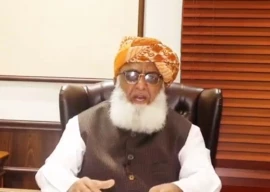

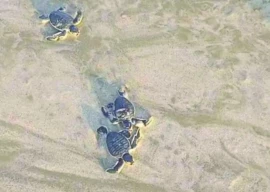
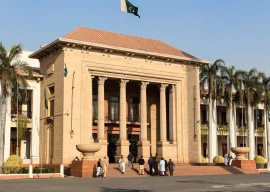
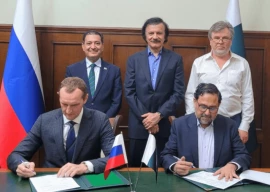
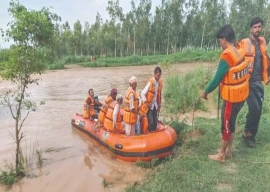












COMMENTS
Comments are moderated and generally will be posted if they are on-topic and not abusive.
For more information, please see our Comments FAQ